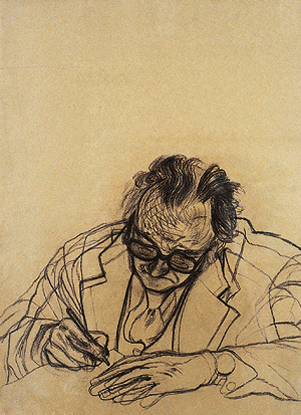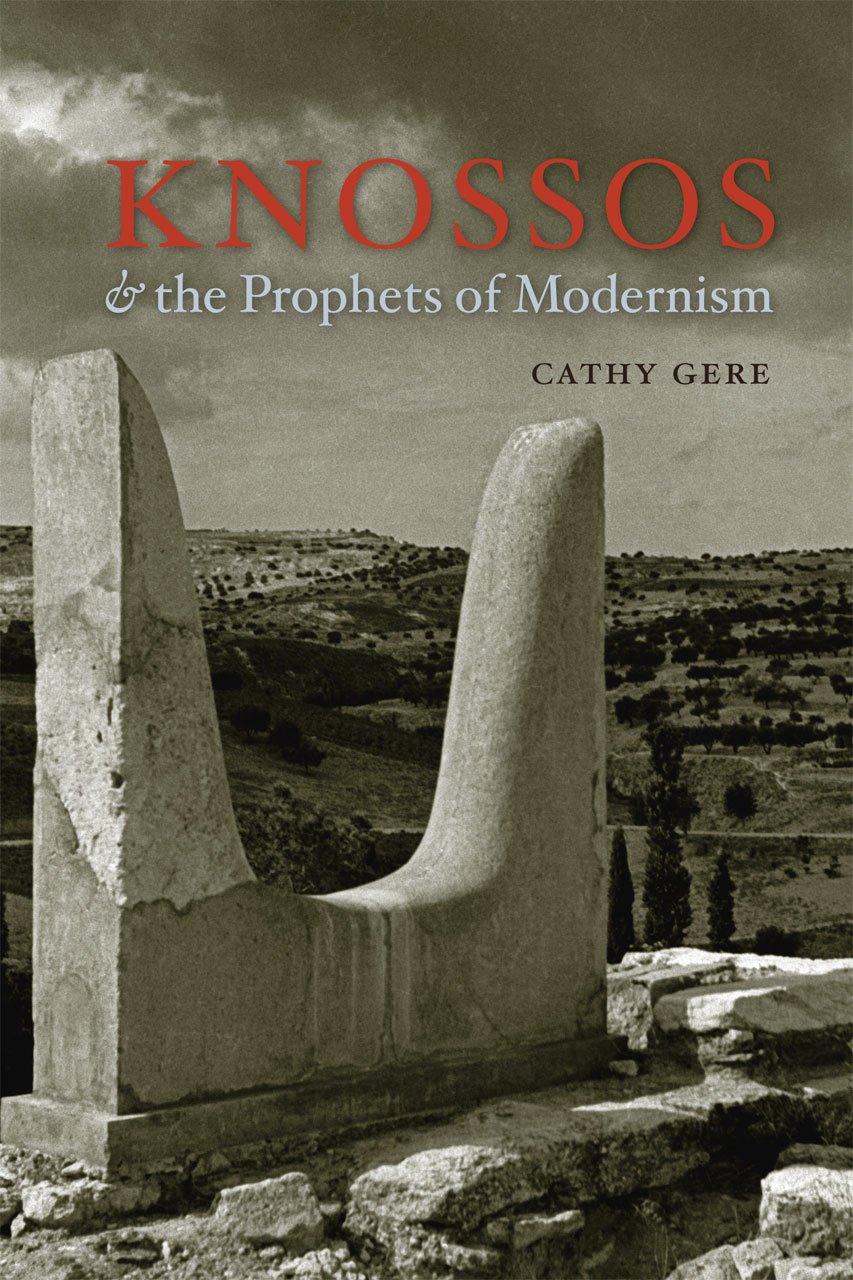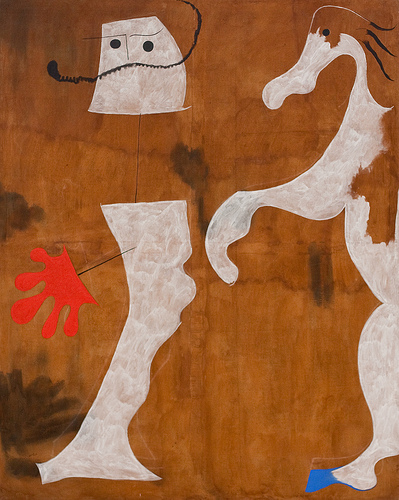BY John Gibson
[W]e frequently do not, strictly speaking, hear the meaning of a poem so much as we hear a poem as occasioning a question of meaning, a question we devote ourselves to answering if we are to make sense of the encounter with meaning a poem initiates. In the context of poetry, we usually take meaning to be a destination and not a point of departure.





